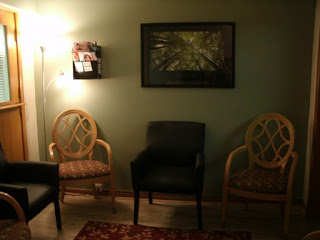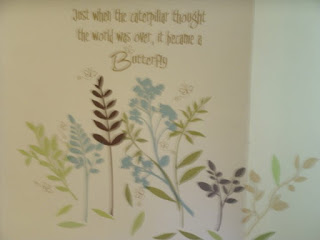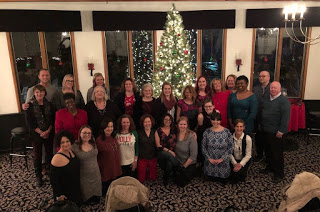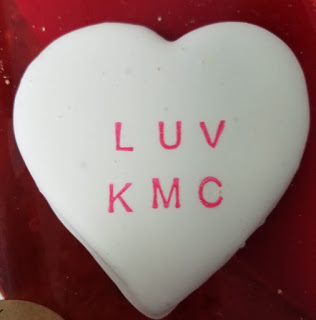On March 1st, it will be Kettle Moraine Counseling’s 10 year anniversary, and I can’t hardly believe it.
It began as a small practice of me and 2 other part time therapists, and has grown to 30 staff members and 3 locations, with a 4th location currently being explored.
On March 1st, it will be Kettle Moraine Counseling’s 10 year anniversary, and I can’t hardly believe it.
It began as a small practice of me and 2 other part time therapists, and has grown to 30 staff members and 3 locations, with a 4th location currently being explored.
It started with the intention of me practicing mainly by myself in order to have autonomy over how things were run. I have always had strong opinions about how people should be treated, and I was coming from a dysfunctional work environment that was taking it’s toll on my psyche.
My goals at the time were to treat people fairly, see the good in others and situations, provide a healing place for clients and a place to grow. I wanted control over my time and schedule also.
Over the past 10 years, we have served 1000’s of people in our community, and have partnerships with local non profits and schools that are also working hard to help heal, comfort and provide resources for growth and recovery.
We have created good relationships with employee assistance programs in our area, and really love being a resource for local business to help their employees be successful.
Our first location in downtown West Bend served us well, but we outgrew it and the downtown parking had become a nightmare. Moving to Barton was such a good move; we have our own parking lot! (And we have outgrown that also!), lots of space that I never thought we would fill, but from 2016 when we moved in to now, we have outgrown the space, and are working on solutions to fill the need for more therapists, especially child therapists in our communities.
Our first waiting room:

Saying on the wall at first waiting room:

I am proud that we have very little turnover of our staff. My personal vision is to see the best in everyone and every situation, to help the staff see the good in themselves and their clients, and for everyone to feel safe and comfortable at Kettle Moraine Counseling. I work with exceptional therapists and we are blessed to have the team we have.

To our clients: We thank you for giving us the opportunity to do what we love to do! Help people! Being a therapist is deeply fulfilling work, and I hope to be practicing the rest of my life if possible.
To my staff: Thank you for trusting me and for being the compassionate, wise, funny people you are! We are a group of fun loving, kind people and I feel a sense of home with all of you.
To the community and all our referral sources: Thank you for trusting me and our team! Our hearts are always in the right place, we will help as many people as we can, and when there is a mishap, we correct it. We are dedicated to being here for the long term, and will continue to nurture our professional relationships.
Thank you Aurora EAP and Marcella Blomwillis for taking a chance on a new clinic 10 years ago; you helped to “grow us” and get established when no one knew who we were.
We have some fun events planned to celebrate 10 years. A ribbon cutting with the West Bend Chamber of Commerce on March 2nd. An Environ-“Mental” Health Day, where we clean up around Barton and then have a brat fry with music in our parking lot on May 2nd! Featuring music by Gene Gruber! The first week of March we will be celebrating also with our clients at the clinic, with special treats (cookies!) as a way to give thanks for the opportunity to do some good in the world.
Looking back, I feel blessed and my heart is full. I am grateful for all the challenges and the opportunities that being a leader at Kettle Moraine Counseling has given me.
Now, lets see what the next 10 years bring!
With a grateful heart,
Devona Marshall









